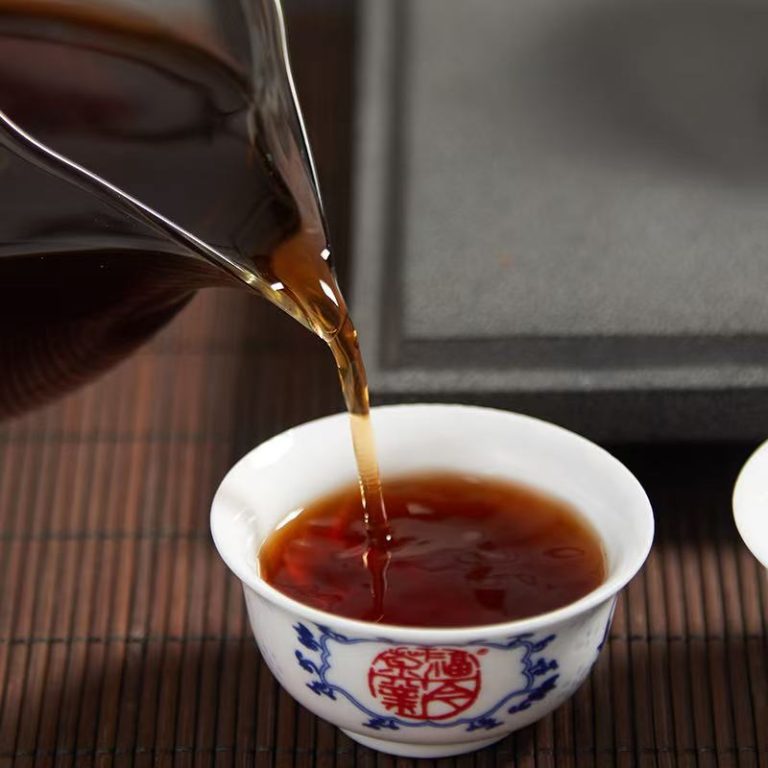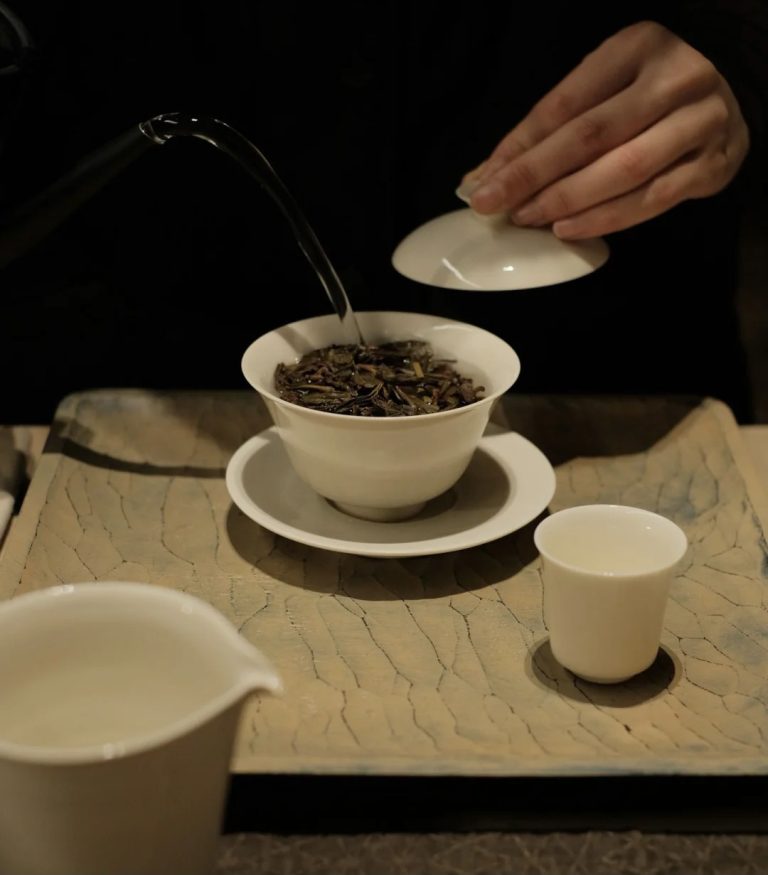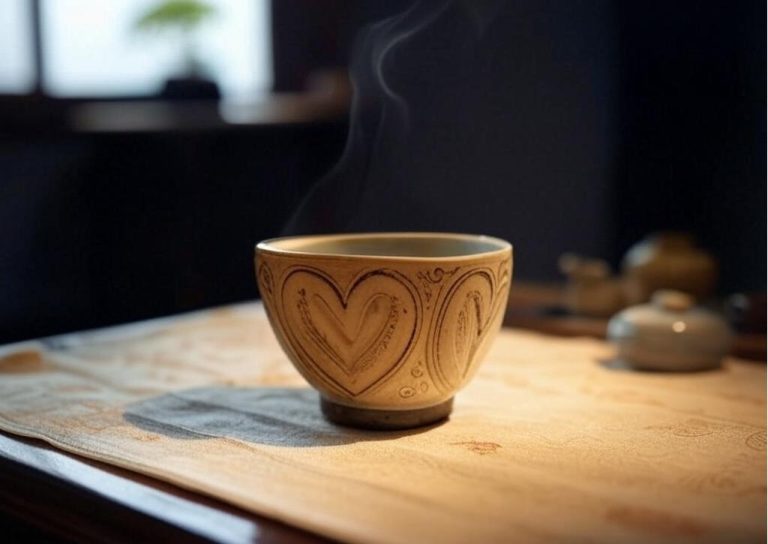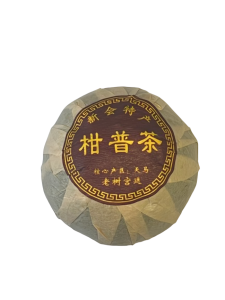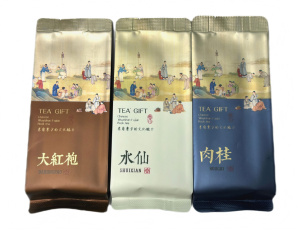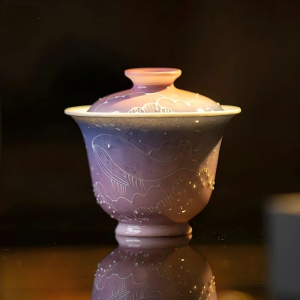
Pu erh tea, with its rich history, earthy flavors, and potential health benefits, holds a special place in the world of tea. From its unique fermentation process to its aged character, it’s a brew that captivates many. However, like other true teas (derived from the Camellia sinensis plant), pu erh tea naturally contains caffeine. This can be a consideration for those mindful of their caffeine intake, whether due to sensitivity, sleep concerns, or personal preference. The good news is that you can still enjoy the wonderful world of pu erh tea while effectively managing its caffeine content. This guide will explore practical strategies to help you savor pu erh without the unwanted caffeine jitters.
Understanding Your Pu Erh: Caffeine Variations by Type
Not all pu erh teas are created equal regarding caffeine levels. Understanding these nuances can help you make informed choices:
- Sheng (Raw) vs. Shu (Ripe) Pu Erh: Generally, sheng pu erh, being younger and undergoing a natural aging process, tends to have a slightly higher caffeine content, especially those with a higher proportion of buds. Shu pu erh, which undergoes an accelerated fermentation process, often experiences a reduction in caffeine levels and develops a smoother, mellower character.
- Practical Tip: If you’re sensitive to caffeine, opting for shu pu erh might be a good starting point.
- Leaf Grade and Age: Teas with more buds typically have higher caffeine. While aging isn’t the primary factor in reducing caffeine, the chemical transformations over time can subtly influence the overall composition.
- Practical Tip: Consider teas made from more mature leaves or those that have undergone some aging, particularly ripe pu erh.
Brewing Techniques Unveiled: Maximizing Caffeine Reduction
The way you brew your pu erh can significantly impact the amount of caffeine you consume:
- The Importance of “Washing” the Tea: This crucial step involves a brief initial steep (a few seconds) with boiling water, which is then discarded. Washing not only cleanses the leaves of any impurities but also effectively removes a significant portion of the readily soluble caffeine that releases quickly in the first steep.
- Practical Tip: Always wash your pu erh leaves, at least once, and even twice for potentially higher caffeine sheng varieties.
- Controlling Steep Time and Water Temperature: Caffeine extraction is directly related to both water temperature and steeping duration. Longer steeping times and higher water temperatures will lead to more caffeine being released into your cup. While you need hot water to properly brew pu erh, you can control the steep time, especially for the initial infusions.
- Practical Tip: Keep the initial steeps shorter (e.g., 10-20 seconds after the wash) and gradually increase the time for subsequent infusions to extract flavor while limiting excessive caffeine.
- Multiple Infusions: Pu erh tea is known for its ability to withstand many infusions. As you continue to steep the leaves, the caffeine content in each subsequent brew will naturally decrease.
- Practical Tip: Don’t discard your leaves after just one or two brews. Enjoy multiple infusions with progressively lower caffeine levels.
Timing and Quantity Wisdom: Harmonizing with Caffeine
Beyond the tea itself and brewing methods, when and how much you drink matter:
- Avoid Evening Consumption: Given caffeine’s stimulating effects, it’s best to avoid drinking pu erh tea close to bedtime (at least 2-3 hours before).
- Practical Tip: Enjoy your pu erh earlier in the day or the afternoon.
- Moderate Your Intake: Be mindful of your overall caffeine consumption throughout the day. If you’re sensitive, limit the number of cups of pu erh you drink.
- Practical Tip: Start with smaller servings and observe how your body reacts.
- Alternate with Caffeine-Free Options: Incorporate caffeine-free beverages like herbal teas or plain water into your daily routine.
- Practical Tip: Make pu erh one of your beverage choices, but not the only one.
Special Considerations
- Briefly mention that pregnant individuals, breastfeeding mothers, children, and those with specific health conditions or extreme caffeine sensitivity should consult with healthcare professionals regarding their tea consumption.
Savoring Pu Erh Mindfully
Enjoying the complex flavors and potential benefits of pu erh tea doesn’t have to come at the cost of unwanted caffeine effects. By understanding the variations in caffeine content, employing smart brewing techniques, and being mindful of your consumption habits, you can confidently integrate this remarkable tea into a balanced and healthy lifestyle. Embrace the journey of exploring pu erh while staying attuned to your body’s needs.
Ready to explore the world of pu erh tea? Visit our curated selection of high-quality pu erh teas at FONG’S TEA and discover your perfect brew!
FAQs
Yes, pu erh tea naturally contains caffeine as it is derived from the Camellia sinensis plant. However, the caffeine content can vary depending on the type and brewing method.
Generally, sheng (raw) pu erh tends to have a slightly higher caffeine content compared to shu (ripe) pu erh due to the different processing methods.
Yes, the initial “wash” or rinse of the pu erh tea leaves with hot water and discarding it can effectively remove a significant portion of the readily soluble caffeine.
Yes, by choosing shu pu erh, using the “washing” brewing technique, steeping for shorter durations, and consuming it earlier in the day and in moderation, you can often enjoy pu erh tea even with caffeine sensitivity.
You can explore a wide selection of premium pu erh teas at FONG’S TEA: https://www.fongstea.com/product-category/puerhtea/

